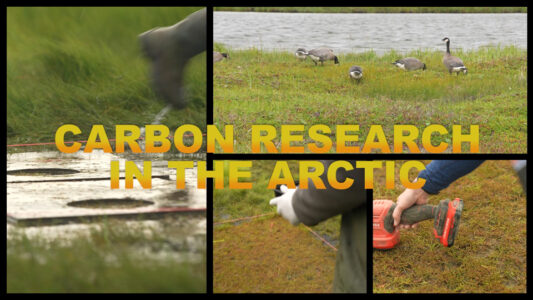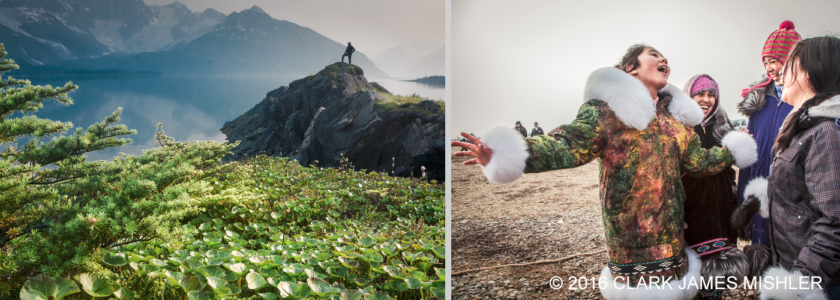Alaska oil development on the North Slope is caught up in an ironic conundrum. Alaska has permafrost, a permanently frozen layer at variable depth below the surface in frigid regions of a planet. As Earth warms permafrost thaws. The burning of fossil fuels (oil) is heating the planet and thawing the permafrost below oil wells and infrastructure where oil extraction occurs on Alaska’s North Slope. The thaw is causing catastrophic failures.
A March 5, 2019 headline: “State says BP must prove more Prudhoe Bay wells aren’t at risk of ‘catastrophic failure’” by Elizabeth Harball, at Alaska’s Energy Desk in Anchorage, is evidence of the conundrum. The article describes an accident in 2017 when a well jumped up and hit the top of the well house and started spewing oil and gas. “Both the state and BP investigated the incident and linked it to thawing permafrost and the well’s design,” wrote Harball.
Then in December 2018 there was another accident.
As permafrost thaws the land above can fail: forming thermokarst features, sinkholes and landslides. Geophysical researchers track permafrost changes to better understand the implications of this transformation.

WATCH the video Thaw at Zero. William Cable, professional researcher, Lily Cohen, field assistant, and Vladimir Romanovsky, retired head of the Permafrost Laboratory at the University of Alaska Fairbanks Geophysical Institute explain their basic research.
Stable permafrost is key to development on the North Slope of Alaska. “All the engineering solutions (to allow oil production on Alaska’s North Slope) were designed, and infrastructure was built, when the permafrost was much colder,” Romanovsky said. “When it reaches the [thawing] threshold, it will be very difficult to keep all the infrastructure running.”
Future Thaw Expectations
Researchers expect the average annual ground temperature to reach 32°F (0°C), the melting point of ice, in many permafrost areas. “We believe this will be before 2100 at many locations within the North Slope,” said Romanovsky. “Under these conditions, the permafrost will become unstable beneath any infrastructure such as roads, pipelines and buildings.” And “The result will be dramatic effects on infrastructure and ecosystems,” said Romanovsky.
Seems like Romanovsky’s predictions are happening.
In Harball’s report, BP says more than 14 wells are being monitored. Lois Epstein, an engineer with the Wilderness Society, says it’s important to look at other potential risks like permafrost thaw linked to climate change.
Frontier Scientists counts down to the 30 year remembrance of the Exxon Valdez oil spill.
By Liz O’Connell














